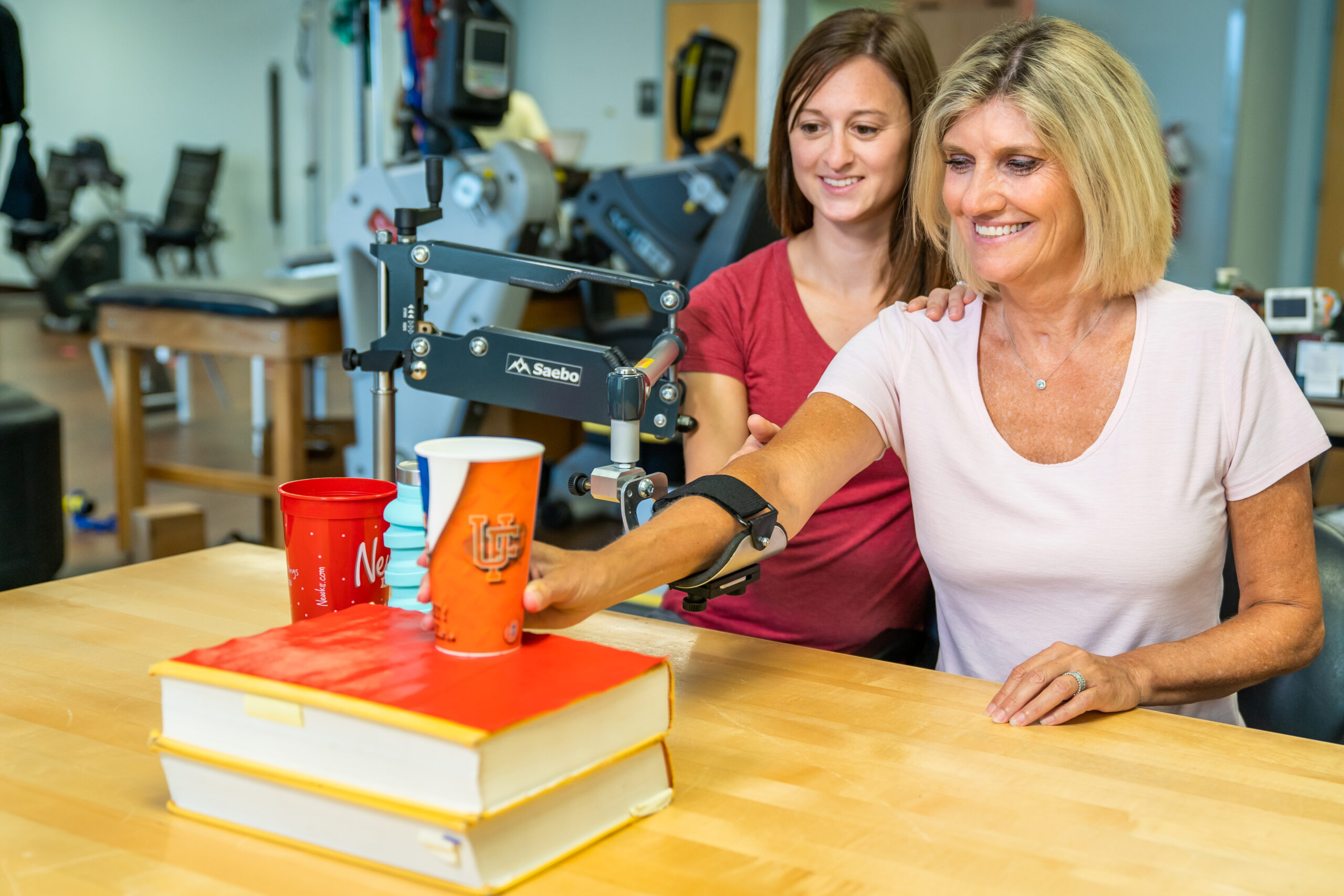What is Guillain-Barré Syndrome?

Back to physical health resource hub
Guillain-Barré Syndrome (GBS) is a neurologic disorder caused by autoimmune condition that attacks the body’s nerves. It can be caused by various bacterial or viral infections, but the cause is ultimately unknown. GBS is diagnosed by a physician, but presents with muscle weakness, changes in sensation, autonomic changes that include dysfunction with sweating, digestion, heartrate, incontinence, vision, etc.
Progression of Guillain-Barré Syndrome
GBS generally starts with weakness in the legs, then arms followed by the face. Nerve pain or numbness is present in hands and feet, progressing over the course of hours to weeks. Prognosis of someone with GBS is good overall, with only 20% having resultant permanent severe disability. It is reported that 3-6 years after the diagnosis, just under half of patients have decreased their participation in social activities and just over half continue to have increased caregiver burden. It is important to participate in physical therapy to maximize your potential towards independence and involvement in social activities.
What can physical therapy offer for people with Guillain-Barré Syndrome?
Physical therapy can be the best chance for recovery of physical function. Your physical therapist can assess what impairments you have and make a treatment program specific to you. Specialized exercise can address muscle and joint pain, strength and coordination, cardiovascular fitness, balance, ability to walk and perform activities of daily living, and participation in recreational activities. Your physical therapist will work on functional movements so you can return towards your prior level of function.